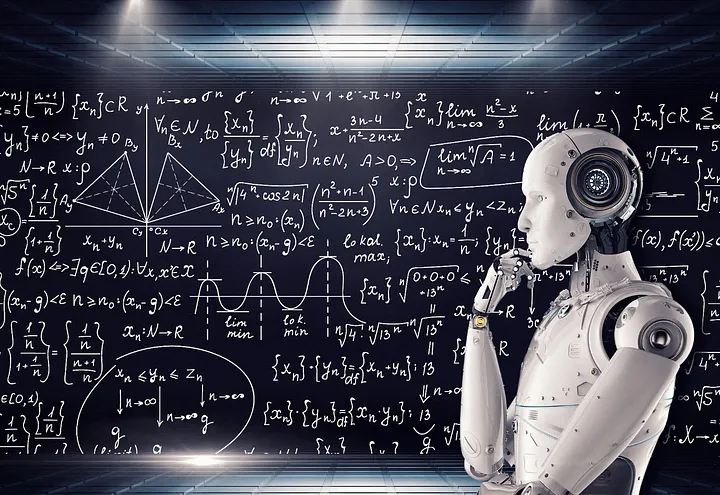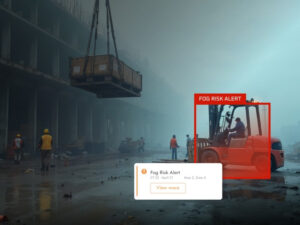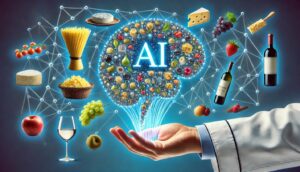Automation promises quantum leaps in the way science is practiced.
Historically, automation has dramatically increased how things are manufactured. Henry Ford didn’t invent the automobile, he pioneered the assembly line. Pulled some cash out of your ATM lately? That ‘A’ stands for automated. Been spellchecked? Yup, your prolific prose has been automatically checked for accuracy. While any one of these upgrades has made our lives easier, more efficient, and more accurate, many people believe the best is yet to come. Enter artificial intelligence (AI) into the world’s scientific research labs.
From astronomy to biology to chemistry, physics, and veterinary medicine, automation is a game changer for researchers, advancing knowledge and innovation to benefit humanity as never before. It will accelerate discovery, reshape research methodologies, and redefine the very nature of scientific inquiry.
I, robot
These robotic scientists are already hard at work bringing new knowledge to the lab table in record time. One such robot was developed by a team of scientists at the University of Manchester, Aberyswyth University, Imperial College London, University of Cambridge, and Gordon University and led by Ross King. Dubbed Adam, the robot was tasked with investigating the functional genomics of the yeast Saccharomyces cerevisiae and discovered the function of locally orphan enzymes — enzymes known to be in yeast but for which the gene(s) encoding them were unknown. Adam’s successor, Eve, was designed for early-stage drug development, which identified chemical compounds that outperformed standard drug screening. Eve’s most significant discovery is that triclosan (an antimicrobial compound commonly used in toothpastes) may aid against malaria.
Other areas where robot scientists are being used are hypothesis generation, experimental design, data collection, statistical inference, and model discovery. The tasks are performed in closed-loop automation, a system which continuously monitors, assesses, and automatically adjusts processes to maintain a desired state, using feedback to identify and correct issues, ultimately leading to self-healing and self-optimizing systems. As robots are increasingly put to work in the lab, scientific discoveries will advance much more rapidly than in the past. The key to their success will be human oversight to ensure accuracy and ethical outcomes.
Top 3 Takeaways
- The use of robot scientists is accelerating new uses for existing drugs and developing new drugs.
- Robot scientists are being used for hypothesis generation, experimental design, and model discovery
- Closed-loop automated systems automatically monitor themselves and make procedural adjustments as needed.
Keywords: AI Today, AI, robots, robot scientists, University of Manchester, Aberyswyth University, Imperial College London, University of Cambridge, Gordon University








